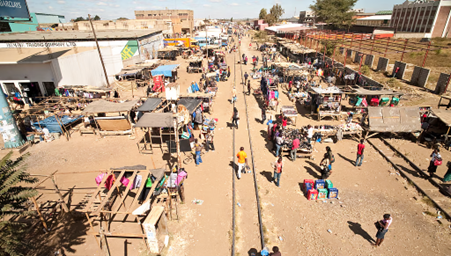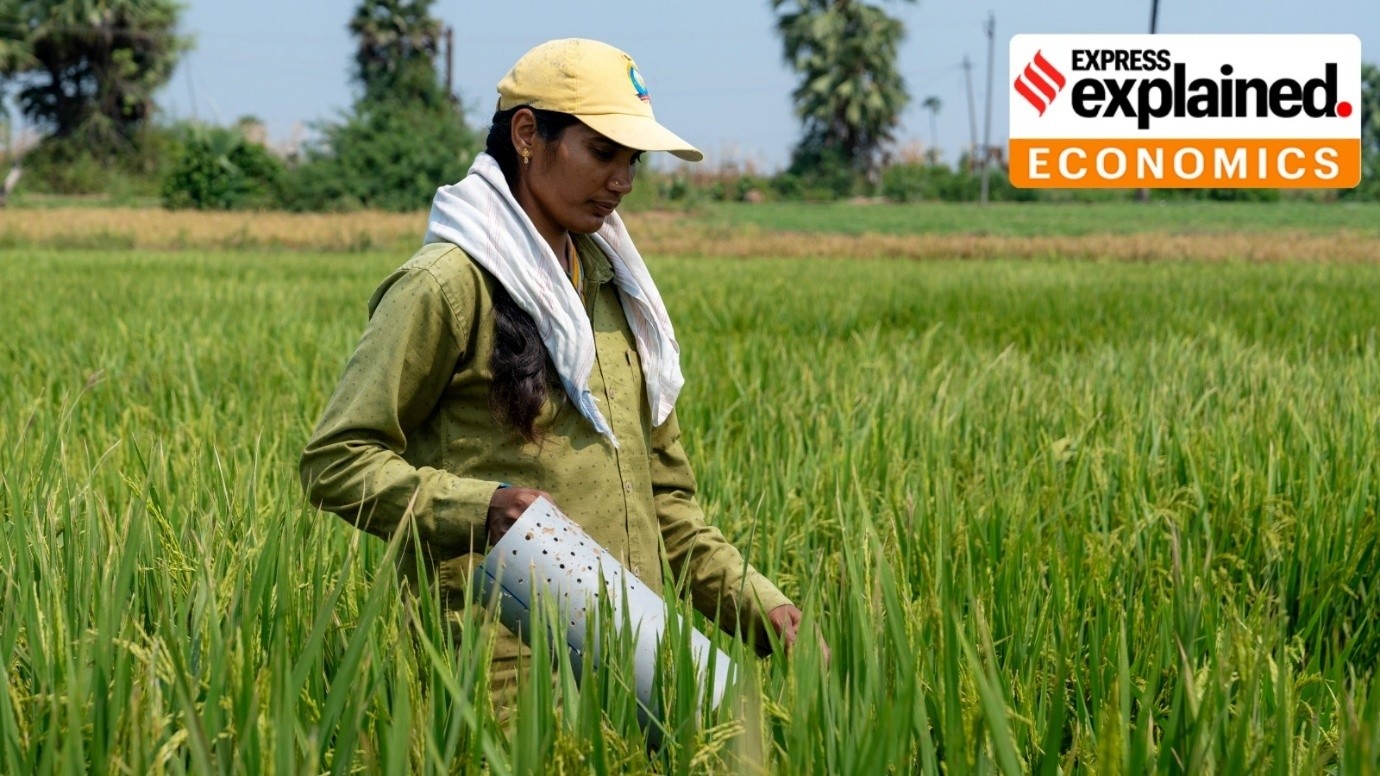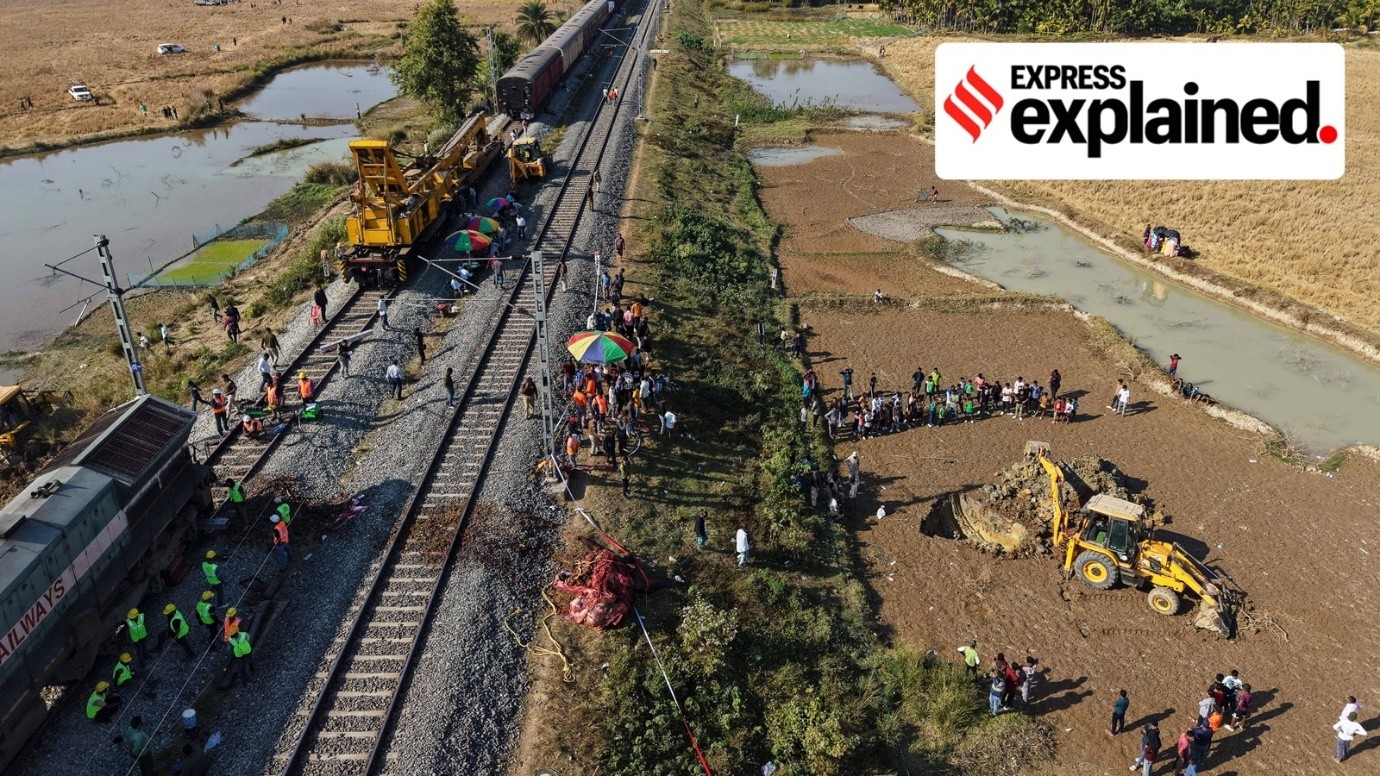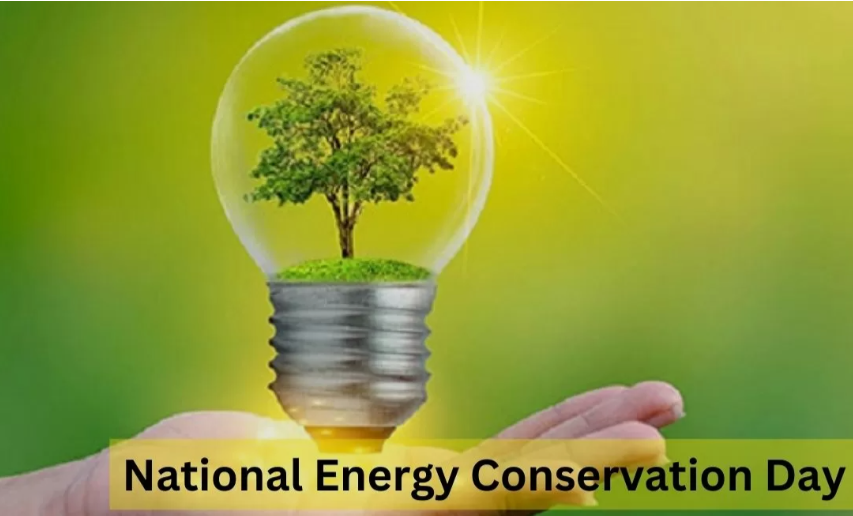



The intersection of climate change and sovereign debt is trapping developing countries in a vicious cycle of climate vulnerability and financial dependence, as they face rising disasters and debt servicing burdens. The FfD4 conference in Seville highlights the urgent need for equitable financial reforms, climate finance justice, and restructuring of global economic systems to support sustainable, debt-free development.

Disclaimer: Copyright infringement not intended.
As the fourth International Conference on Financing for Development (FfD4) kicks off in Seville, Spain, we look at how a massive debt burden on developing countries is holding them back.
The intersection of climate change and sovereign debt presents a growing challenge for developing countries. While climate-induced disasters are increasing in frequency and intensity, they are also exacerbating the financial fragility of economies least responsible for emissions. This phenomenon leads to a vicious cycle of climate vulnerability and unsustainable debt, with private lenders and wealthy nations often profiting from the crisis.
|
Aspect |
Details |
|
What It Is |
A United Nations-led global forum to address sustainable development financing gaps and reform global economic governance. |
|
Host |
Seville, Spain, in 2025 under the aegis of the United Nations Department of Economic and Social Affairs (UNDESA). |
|
Objective |
- Align development finance with climate goals - Restore trust between developed and developing nations - Create equitable financial systems |
|
Key Features of FfD4 |
Multi-Stakeholder Engagement: Participation of governments, MDBs, civil society, think tanks, etc. |
|
Reform-Oriented Agenda: Restructuring Multilateral Development Banks (MDBs); addressing debt, taxation, and financial accountability |
|
|
Climate Integration: Sets stage for synchronized financial and climate strategies ahead of COP30 |
The link between debt and climate is not incidental. Developing countries frequently suffer extreme climate events like floods, hurricanes, and droughts, causing widespread destruction of infrastructure, livelihoods, and ecosystems. To recover, these countries often take on emergency loans—increasing their external debt burden.
At the same time, they need financing to invest in adaptation and mitigation strategies to build resilience. However, limited fiscal space and high debt servicing costs constrain climate action. The UN has identified this as a structural problem: climate vulnerability and fiscal constraints reinforce each other, keeping developing countries trapped in a cycle of dependence.
While the countries of the Global South struggle to cope, private lenders, investment funds, and certain multilateral institutions profit from high interest rates and restructuring programs. According to Debt Justice, private creditors charge interest rates as high as 12.5%, compared to 1% from bilateral lenders.
Furthermore, climate finance commitments by developed countries—promised as grants or concessional aid under the Paris Agreement—often arrive as loans, adding to the debt burden. For example, over 70% of climate finance to developing countries comes in the form of repayable loans.
There is a growing consensus that the global financial system is skewed in favor of wealthy nations and investors. Institutions like the International Monetary Fund (IMF) and the World Bank often promote austerity measures during debt restructuring, further weakening public infrastructure and climate resilience in debtor countries.
India, as a developing country with increasing global influence, advocates for climate equity and climate finance justice. At forums like the G20 and COP summits, India has called for restructuring global debt mechanisms and for developed countries to fulfill their $100 billion climate finance commitment.
Moreover, India’s International Solar Alliance and Coalition for Disaster Resilient Infrastructure promote South-South cooperation in climate adaptation without reliance on debt-heavy models.
The emerging debt-climate crisis is a manifestation of historical injustices, where the poorest and least responsible for emissions are burdened by climate catastrophes and financial penalties. The issue demands restructuring of the global financial system, ensuring that climate finance is just, adequate, and accessible, and that the Global South can pursue sustainable development without falling into a debt trap.
ALSO READ- https://www.iasgyan.in/daily-current-affairs/uns-development-conference-in-seville
Source: Downtoearth
|
PRACTICE QUESTION Q. “There is an undeniable link between sovereign debt and climate vulnerability in the Global South.” Discuss how this nexus affects sustainable development and evaluate the reforms needed in the global financial architecture. (250 words). |






© 2026 iasgyan. All right reserved